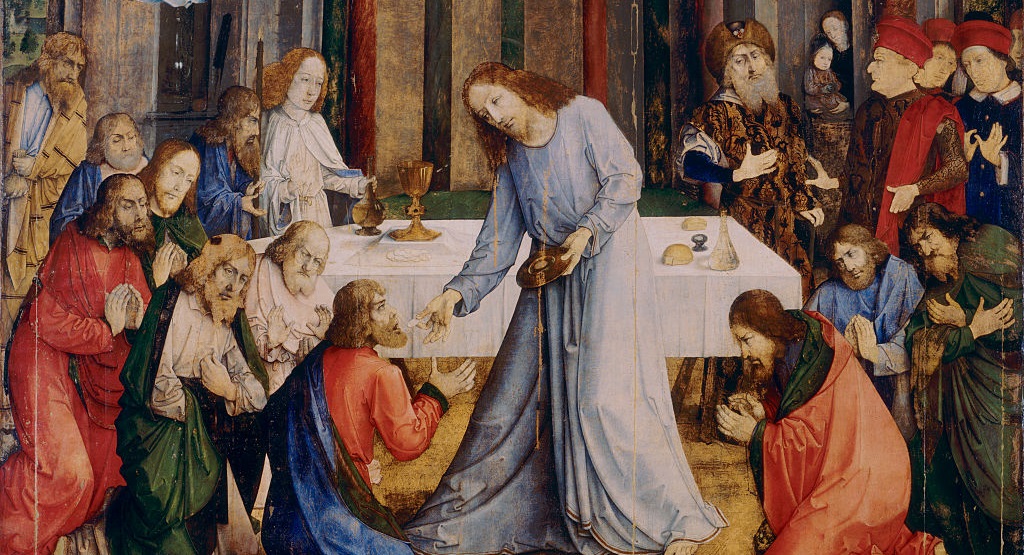Unleavened bread
Unleavened bread is made without raising agents. Unlike secular leavened bread, made using the fermentation process, unleavened bread is regarded as pure and is used in Judaic rituals. Besides the religious connotations, by-products are used in confectionery (wafer paper) and, more surprisingly, as a sealant.
Ritual food in Judaism
Unleavened bread, seen as ritual food in the Jewish faith, is characterised by the absence of yeast and is therefore made without fermentation. It is seen as pure, as opposed to secular or profane bread which is made using leavened fermented dough. JewishPassover coincides with the ancient agricultural Feast of Unleavened Bread (Exodus 9:31, Leviticus 23:10-14) which honoured the barley harvest in April and forbade the consumption of bread until an offering had been made to God. Passover commemorates the Exodus and symbolises the end of the Jewish people’s slavery in Egypt. During the celebration, all traces of yeast are banished in favour of matzo, ‘the bread of haste’.
Swift and careful preparation
The recipe for ritual unleavened bread must be followed carefully: water and wheat flour; no salt, sugar or fat. Barley, spelt, oats or rye may be used instead of wheat flour. The dough must be prepared very quickly to avoid any natural fermentation. It is then cooked in an oven.
Other products made from unleavened dough
Unleavened dough is also used to make hosts (altar bread), to consecrate the Christian Eucharist. In the 10th century, hosts were made using rounded, elongated tongs, then, in the early 15th century, the first artistically engraved wafer irons came into use. For centuries, altar bread was cooked on open fires. Oublies (small, flat wafers made from light, unleavened dough) were made in the same way, clamped between two red-hot, flat irons. Originally, apprentice pastry chefs made oublies from the leftover flour at the end of the day. In the Middle Ages, the word oublie also referred to unconsecrated altar bread.
Beyond religious connotations, a wafer paper derivative of unleavened bread is used in both baking and confectionery, to create themed decorations or as a base for some types of cakes and biscuits. Confectioners use it to make calissons d’Aix and Montélimar nougat.
The famous Elisen Lebkuchen, small gingerbread biscuits typical of Nuremberg, are also made with an unleavened bread base, called Oblate in Germany.
Unleavened bread was also used as a sealant, especially in the 17th and 18th centuries. Sealing wafers were made from unleavened bread with added pigments, such as finely powdered indigo, carbon black or extracts of cochineal, saffron and turmeric.
PLAETINCK, Walter,van der LINDEN Renaat, MERTENS Phil. 1980. Le rayonnement du pain. Tielt. Éditions Lannoo
STÄUBLE, Nicole, RABOUD-SCHULE Isabelle. 1999. Ferments en folie. Vevey. Fondation Alimentarium
FLANDRIN, Jean-Louis, MONTANARI Massimo.1996. Histoire de l’Alimentation. Paris. Éditions Fayard
FLAVIGNY, Laure. 2000. Larousse gastronomique. Paris. Larousse-Bordas




